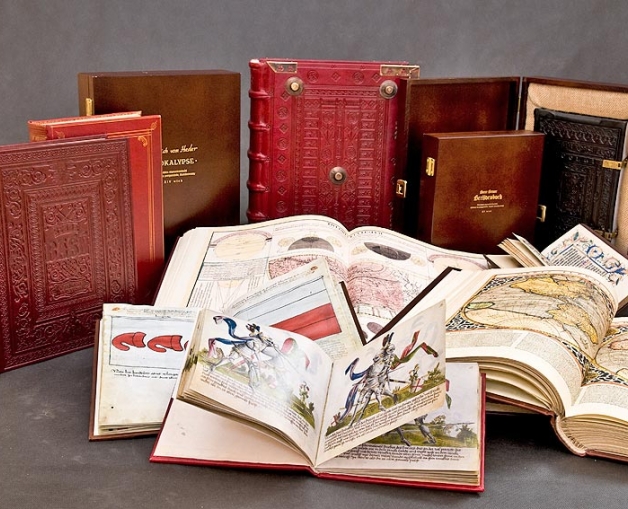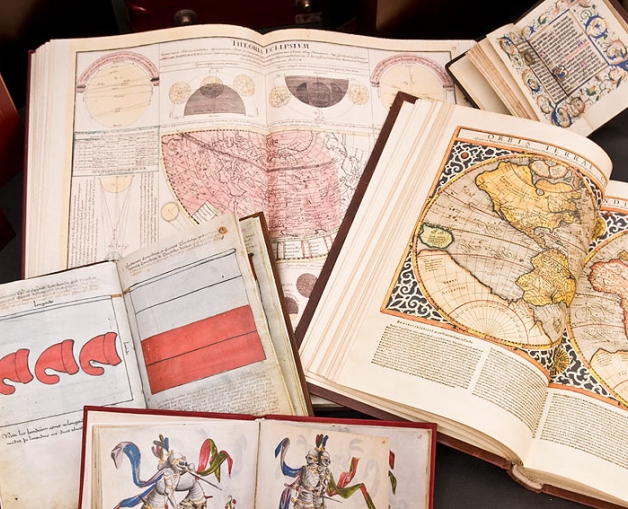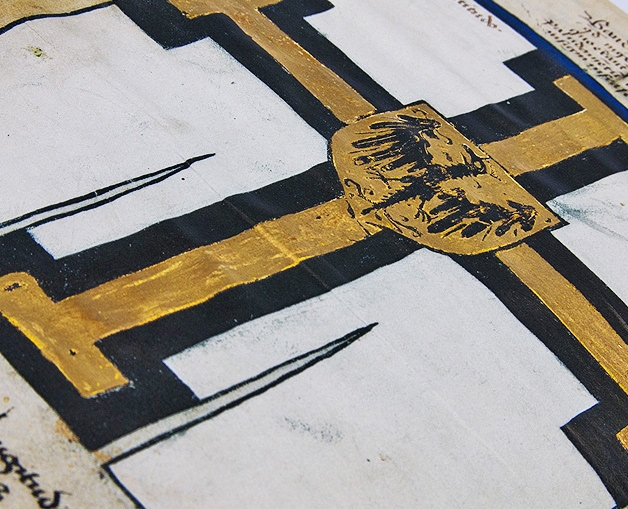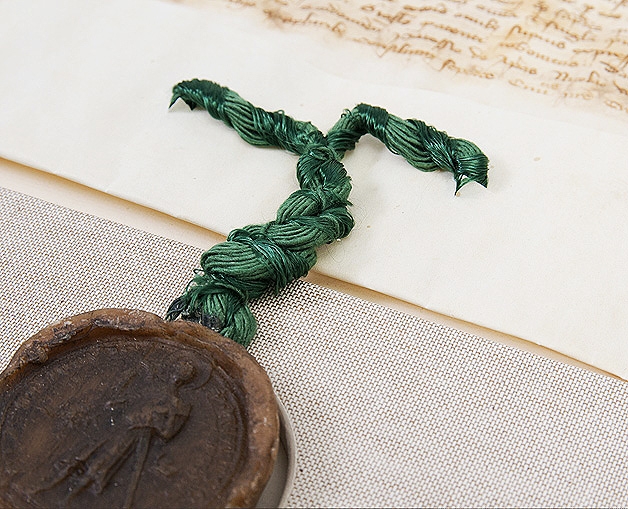Pelplin's Glossary
On this page you will learn the meaning of the key terms associated with our work. We encourage you to browse our lexicon. It will allow you to get to know these elements, which you should pay attention when reading the description and viewing the original copies and facsimiles.
Pelplin's Glossary
Border (fr. bordure) – decorative band, usually from ornaments of floral elements, enveloping text on a folio of a book or closing an artistic, painting, graphical composition bordering, a low relief or building element, e.g. doors, floor or memorial plaque.
Cimelium (greek keimēlia, plural of keimēlion – real property; valuables; treasure; gem)– A precious or costly possession; a treasure; especially, an article of plate, a costly robe, vestment, etc., in an imperial or royal treasury, or in the treasury attached to a church, or one of the more valuable objects of art or antiquity in a museum or archeological collection: in the plural (cimelia), a collection of such objects; a treasury.
Ex-libris (Latin, ex libris – from the books of) – a print or label to indicate the owner of the given copy, usually decorative, bearing the name of the owner of the book collection or e.g. styled initials of name of an institution. A typical ex-libris is a small printed sheet, attached to the inside part of the cover. Using an ex-libris is deemed an expression of utmost respect and care for books, as well the high cultural needs of the owner.
Filigree – a watermark placed on paper, created during the production process. It is a recognizable image that appears when viewed by transmitted light. Initially watermarks were a simple trademark of the maker or craftsman. They represented simplified, small heraldic images, initials, religious symbols, placed in the center of one half-sheet. Since the 16th century they also denoted the quality and format of paper and became appreciated as proof of authenticity.
Incunable (from Latin – from the cradle, from infancy) – print issued in the first period of the typographic art. The beginnings of incunables were arbitrarily chosen to be the date of the first print of such type: The 42-line Bible published by John Gutenberg in 1455. Many countries adopted the principle whereby the turn of the 15th and 16th century and, to be exact, 31 December 1500 is the boundary date between incunables and other old prints.
Colophon – a inscription placed at the end of a medieval book, describing the circumstances of the creation of the given copy – indicating the date, the person commissioning the book and the author, the reigning ruler, expressing content with concluding the writing effort often in the form of a poem. In Orbis Pictus we use the colophon as certificates confirming the authenticity of each book.
Xylography (Greek, ksylon – wood, graphein – to write) – block book, cut in wood, marks a transition phase between handwritten books and books printed using types. Printed on one side; to obtain two-sidedness blocks were often glued together.
Typography (Greek, r. typos – reflection and graphein – to write) – is the art and technique consisting in the harmonious and aesthetic composition of types, plates, typesetting decoration with column dimensions, margin width, paper type – all the elements of a book or any other print. Old printers, masters of the book craft were called typographers.
Rara avis (from latin – rare bird) – one of a kind copy of a work, document, publication, white crow; copy decorated by hand or otherwise, which distinguishes it from others from the same print-run; volume with special feathers, the author’s autograph or original illuminations.






